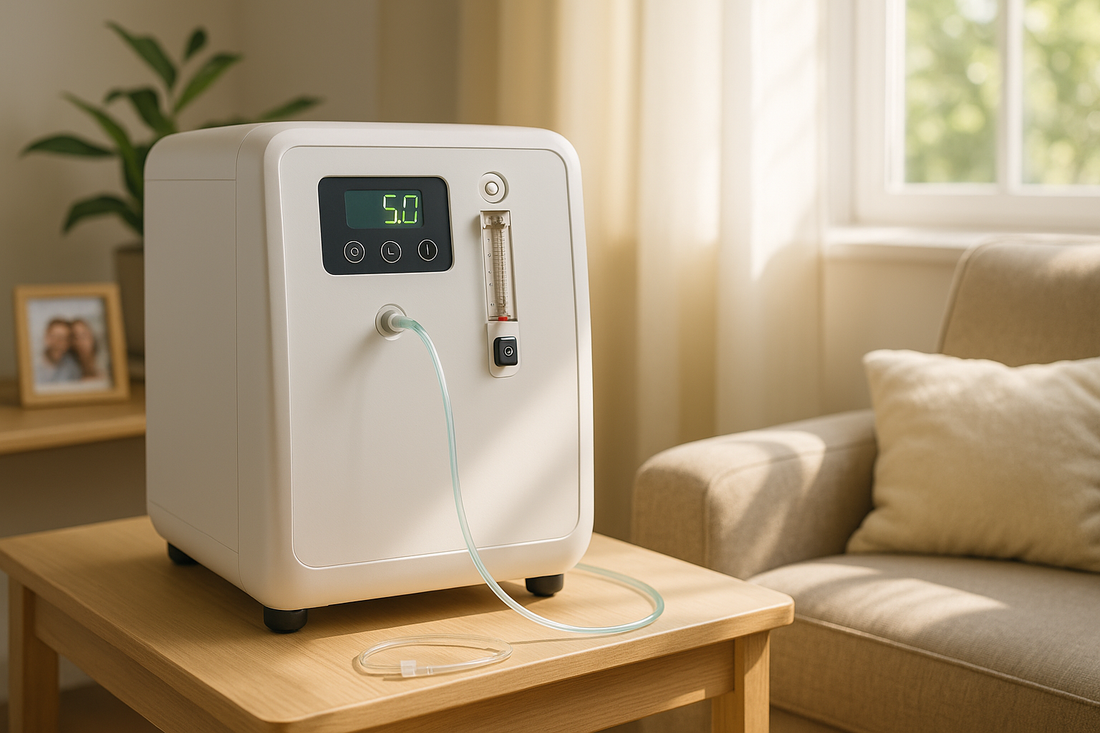
Why Do Compact Devices Keep “Running Out of Breath”? 5 Design Flaws in Mini Compressors
yegongjiao分享Why Do Compact Devices Keep “Running Out of Breath”? 5 Design Flaws in Mini Compressors
————When Your Device Can’t Breathe, It’s Not a Feature — It’s a Flawed Compressor Design
Modern life is powered by compact devices:
Portable oxygen concentrators. Handheld vacuum sealers. Desktop laser engravers. Inflatable medical tools.
They’re small, lightweight, and designed to work anywhere — from homes to clinics to vehicles.
But too many of them share one frustrating flaw:
They start strong… then slowly “run out of breath.”
Airflow drops. Noise increases. The device overheats and shuts down.
Eventually, it fails — sometimes within months.

The problem isn’t the device.
It’s the miniature oil-free piston compressor at its core — a component often overlooked, under-specified, or compromised in the name of cost or size.
Let’s uncover the 5 most common design flaws that cause compact devices to gasp for air — and how to build a truly reliable system.
🔹 Flaw #1: Trapped Heat → Thermal Collapse
To fit into tight spaces, some compressors use thin plastic housings or undersized metal casings.
There’s no room for airflow — and no path for heat to escape.
Result? The motor temperature climbs with every use.
Insulation degrades. Windings fail. The compressor burns out.
✅ Fix: Use die-cast aluminum housing.
It’s impact-resistant, corrosion-proof, and — most importantly — an excellent heat conductor.
A thicker, sealed aluminum body acts as a natural heat sink, protecting the motor during continuous operation.

🔹 Flaw #2: Weak Motor → Fading Performance
Many low-cost compressors use brushed DC motors with thin copper wire.
Under load, RPM drops. Airflow sags. Efficiency plummets.
And because brushes wear out, lifespan is limited — often under 5,000 hours.
✅ Fix: Switch to a brushless DC (BLDC) motor with heavy copper windings.
It maintains stable RPM (e.g., 3000R/min), delivers consistent flow (up to 9.5 L/min), and lasts 3–5× longer — all without maintenance.
Look for B-class insulation or higher for demanding applications.
🔹 Flaw #3: Uncontrolled Vibration → Noise & Fatigue
Piston movement creates mechanical vibration.
If not damped, it travels through the entire device — causing loud knocking, loosened screws, and even PCB cracks.
In medical or home environments, this isn’t just annoying — it’s unacceptable.
✅ Fix:
Optimize piston balance
Add rubber mounts or silicone dampers
Target <55 dB(A) for quiet, user-friendly operation
A stable, quiet compressor is a sign of good engineering.

🔹 Flaw #4: Poor Airflow Path → Pressure Loss
Some “compact” compressors sacrifice performance for size.
Non-standard intake ports, sharp bends in tubing, or misaligned exhausts create air resistance — reducing effective pressure and flow.
Even if the specs look good on paper, real-world performance suffers.
✅ Fix: Use side intake + central exhaust tubing design.
This minimizes turbulence and pressure drop, ensuring stable output (e.g., 140 kPa) — even in confined spaces.
Standardized ports also make integration and replacement easier.
🔹 Flaw #5: “Oil-Free” Claims That Aren’t True
In medical, dental, or food-related devices, air purity is critical.
But some “oil-free” compressors use low-grade self-lubricating materials that wear quickly or shed particles.
Over time, this contaminates the air stream — a serious risk in sensitive applications.
✅ Fix: True oil-free design means:
No lubricants in the compression chamber
Use of PEEK, graphite, or ceramic-coated valves
Clean, dry, contaminant-free output (ISO 8573-1 Class 0)
It’s not just about performance — it’s about safety and compliance.

✅ How to Choose a Compressor That Won’t Let You Down?
When specifying a mini compressor for your device, focus on:
| Parameter | Recommendation |
|---|---|
| Flow Rate | Real-world tested ≥ 1.3× nominal value |
| Pressure | Rated ≥ 1.5× system requirement |
| Noise | ≤ 55 dB(A) for quiet environments |
| Lifespan | ≥ 15,000 hours (preferably 20,000+) |
| Maintenance | Truly maintenance-free (no oil, no filter changes) |
| Voltage | DC 12–14V (battery/car compatible) |
| Certifications | CE, RoHS, ISO 9001 (required for EU/UK) |
And always choose modular, standardized designs for easier integration.
🌍 Real-World Case: From Failure to Reliability
A portable oxygen device was failing in the field:
Noisy at night
Intermittent shutdowns
Declining oxygen concentration
The culprit? A poorly cooled, brushed-motor compressor with plastic housing.
The solution? A compact, brushless, oil-free piston compressor with:
Die-cast aluminum body for heat dissipation
Side intake + central exhaust
Stable 6.5 L/min flow at 140 kPa
Result:
8 dB quieter
No thermal shutdowns
70% lower failure rate
(High-performance options like the RTDC108-1 are now available for global OEMs seeking reliable, long-life compressor solutions.)

🚀 Final Thought: Small Doesn’t Mean Sacrifice
Just because a device is small doesn’t mean it should underperform.
The compressor may be hidden, but it’s the heart of the system.
And like any heart, it must be strong, durable, and built to last.
In a world where users expect quiet, reliable, maintenance-free operation —
there’s no excuse for a device that “runs out of breath.”
Choose wisely. Build better.



